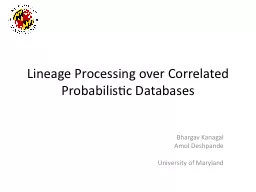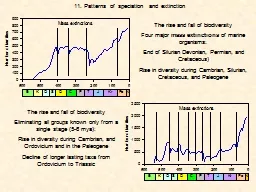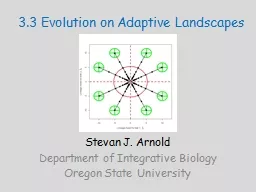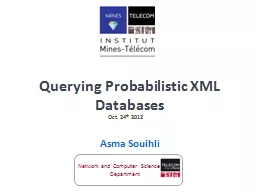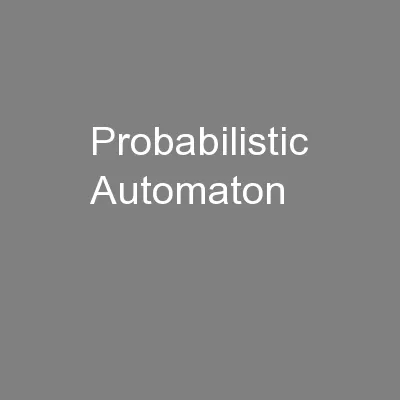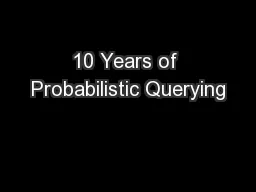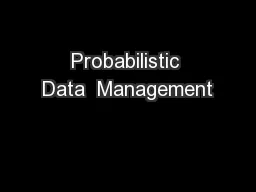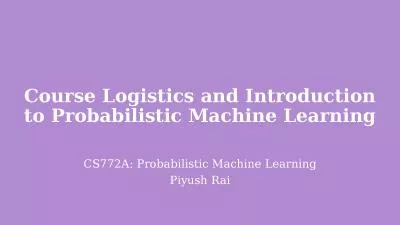PPT-Lineage Processing over Correlated Probabilistic Databases
Author : eatfuzzy | Published Date : 2020-06-23
Bhargav Kanagal Amol Deshpande University of Maryland Motivation Information ExtractionIntegration GuptaampSarawagi2006 Jayram et al 2006 Structured entities extracted
Presentation Embed Code
Download Presentation
Download Presentation The PPT/PDF document "Lineage Processing over Correlated Proba..." is the property of its rightful owner. Permission is granted to download and print the materials on this website for personal, non-commercial use only, and to display it on your personal computer provided you do not modify the materials and that you retain all copyright notices contained in the materials. By downloading content from our website, you accept the terms of this agreement.
Lineage Processing over Correlated Probabilistic Databases: Transcript
Download Rules Of Document
"Lineage Processing over Correlated Probabilistic Databases"The content belongs to its owner. You may download and print it for personal use, without modification, and keep all copyright notices. By downloading, you agree to these terms.
Related Documents

